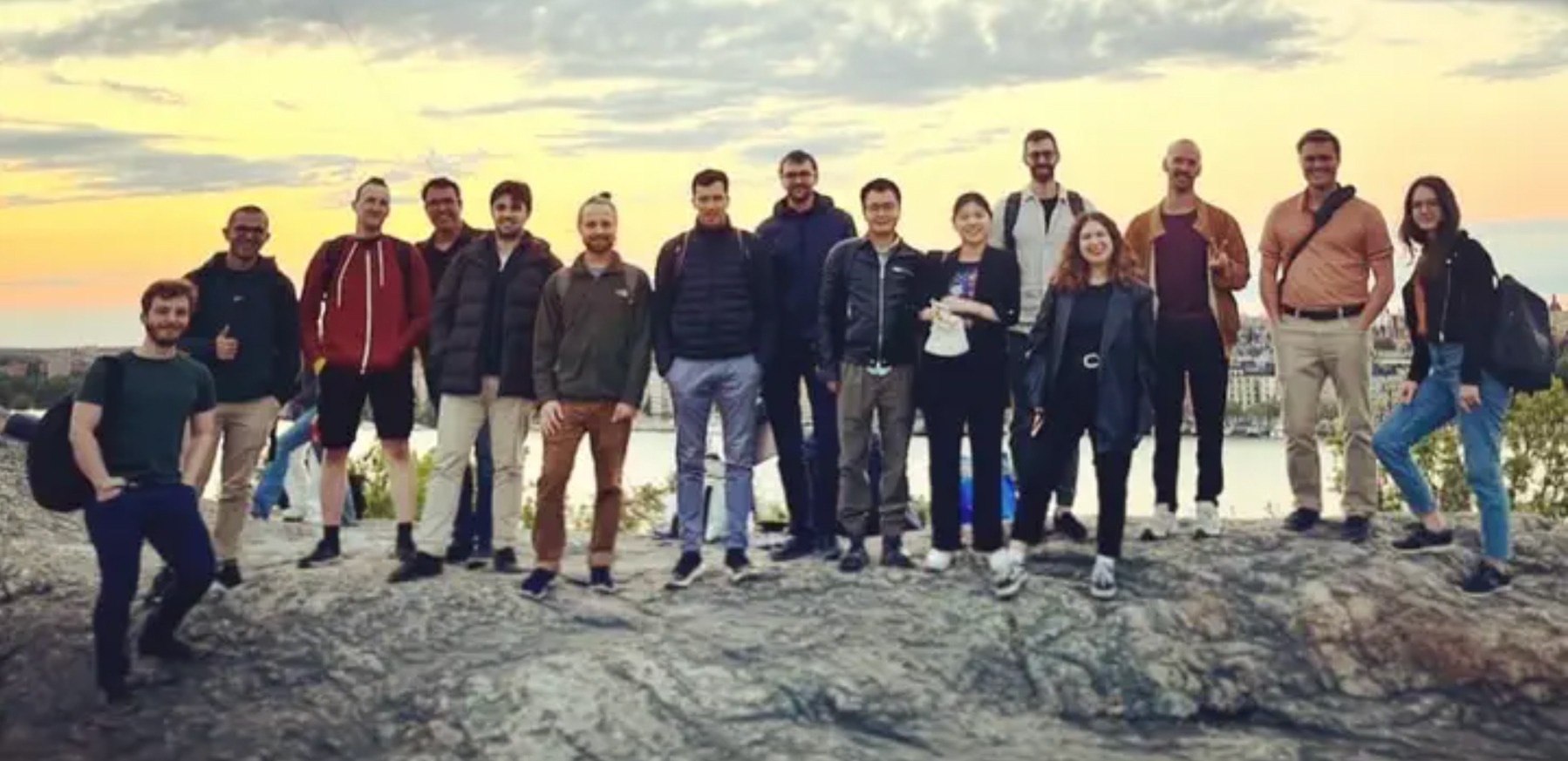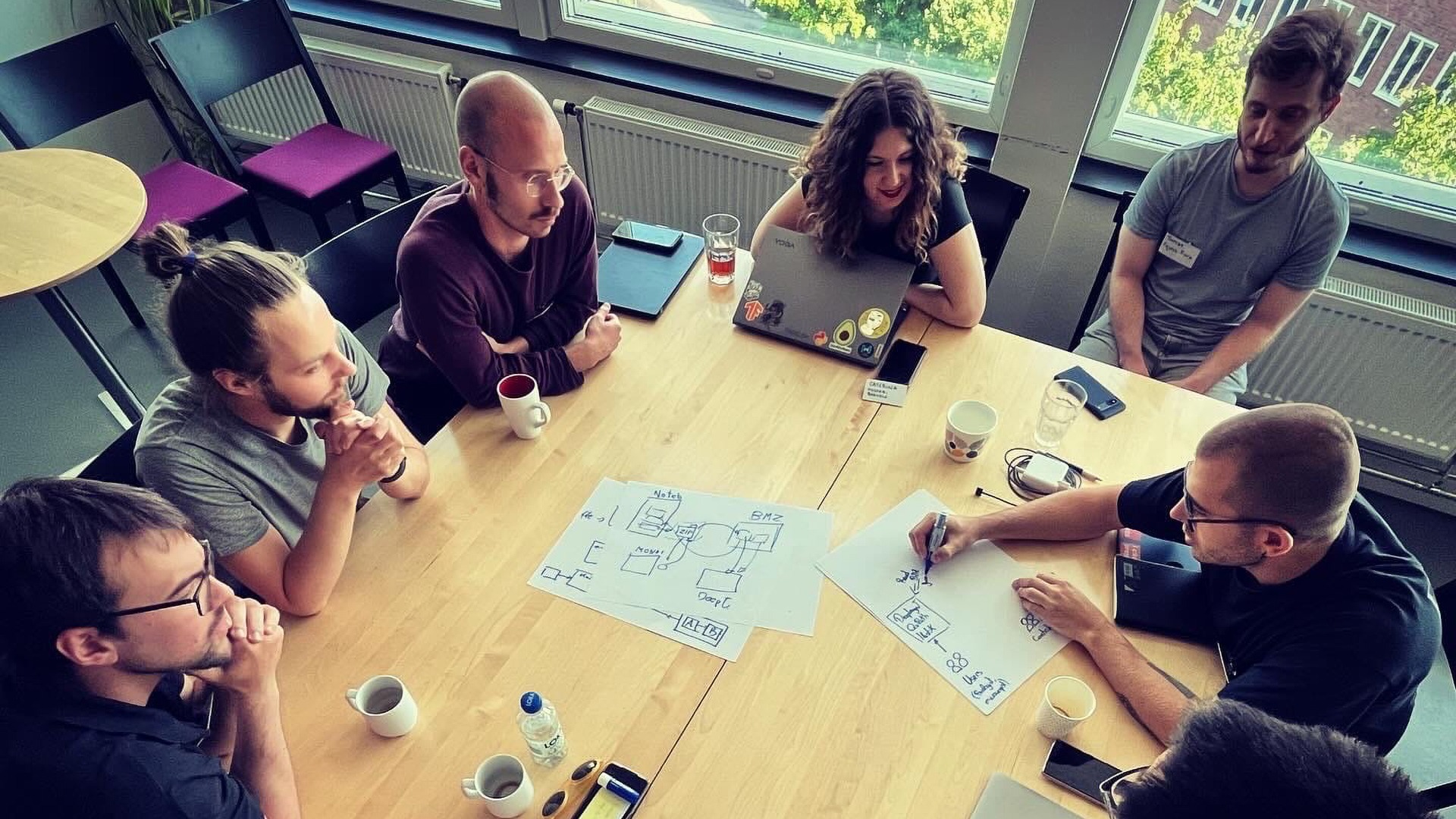BioImage hackathon brings computational- and life science experts together
On June 5-9, the AI4Life consortium’s “web and Cloud Infrastructure for AI-Powered BioImage Analysis” hackathon took place at SciLifeLab, Campus Solna. The event was hosted by SciLifeLab and KTH, in an effort to bring experts from various fields together to facilitate cross-platform discussions on how to develop and design advanced web/cloud infrastructure for bioimage analysis, using the latest AI tools.
The AI4Life consortium, funded by the Horizon Europe Research Infrastructure Grant, aims to build web and cloud infrastructure addressing the challenges of building and deploying AI tools for bioimage analysis. The tools are easily accessible on the BioImage Model Zoo web page.
AI-based image analysis and web & cloud infrastructure experts from Europe and the US, representing platforms including the BioImage Model Zoo (BMZ), Fiji, ITK, Apeer, Knime, ImJoy, Piximi, Icy, and deepImage, participated in the event to discuss plans for building and updating web and cloud infrastructure for the BioImage Model Zoo . Breakout sessions, where related topics could be discussed, also took place during the week.
SciLifeLab DDLS Fellow Wei Ouyang, group leader at the AICell Lab and responsible for the development of the cloud-based AI infrastructure in the AI4Life consortium, led the hackathon. During the event Wei presented the Hypha and BioEngine, a cloud-based AI model platform and language model-based tool for image analysis code generation.
“The integration of web and cloud infrastructure with AI advancements, including the current trend of massive foundation models and large language models like ChatGPT, is fundamentally reshaping bioimage analysis and its implications for life sciences. These advanced tools herald a new era, as showcased at the AI4Life Hackathon at SciLifeLab, where thought leaders discussed the creation of a robust platform for running AI models in the cloud, such as Hypha and BioEngine”, says Wei.
“By embracing web-based bioimage analysis and the innovative potential of large AI models, the life sciences community is positioning itself to accelerate biological research, offering a more collaborative, efficient, and democratized platform. This integration not only signifies a vibrant future for bioimage analysis but also stands as a pivotal milestone in advancing the broader scientific exploration, thereby fostering a more interconnected and innovative scientific ecosystem”, he continues.
Wei recently published a paper that explores the almost endless possibilities of shifting from desktop to web-based bioimage analysis.
“Building web and cloud infrastructure is now recognized as crucial for equipping the next generation of life scientists to leverage these cutting-edge technologies. This shift aligns with our recent publication, emphasizing a transition from desktop to web-based bioimage analysis. The paper outlines immense opportunities for improved accessibility, collaboration, and streamlined workflows, while also addressing hurdles in implementation”, explains Wei.
The hackathon laid the foundation for multiple ongoing collaborations, anticipating exciting advancements in bioimaging and AI communities.
Read the news article from the AICell lab
Photos: Florian Jug






